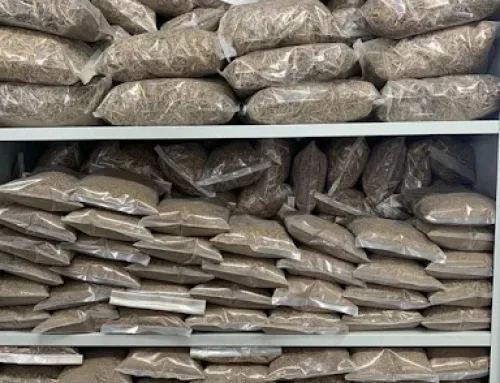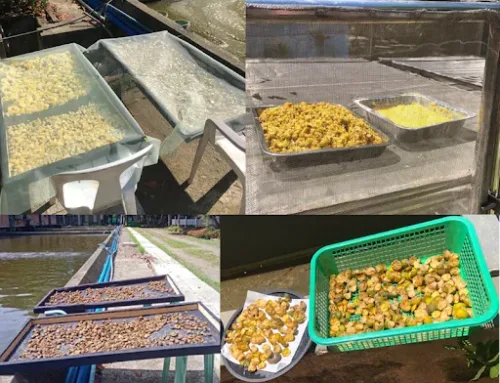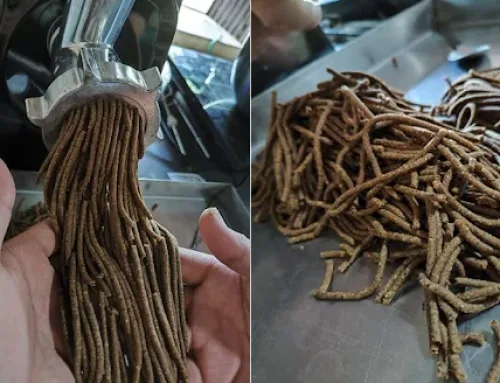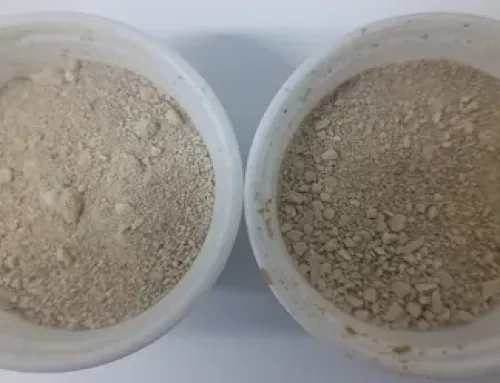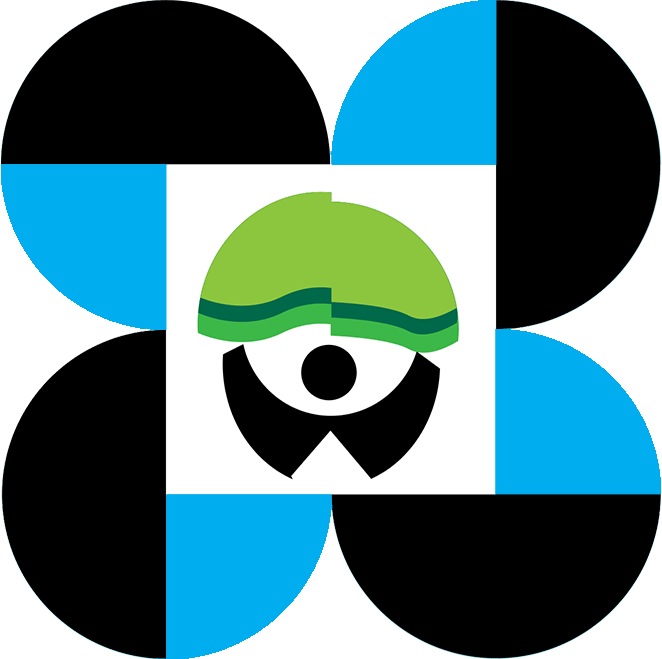In this Article
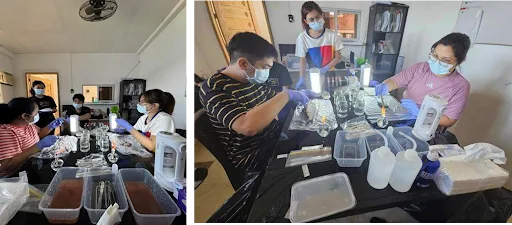
Sampling of Chanos chanos guts, GALT and e-DNA in fresh water cages of Talisay Tanauan, Batangas and in ocean cages of Bolinao, Pangasinan
Single-cell proteins (SCP) from microbial biomass are viable sources of protein for feeds. In addition, SCP production involves the valorization of discards from other food, beverage, or petroleum manufacturing systems, a plus for environmental outcomes. Examples of SCP include Australia’s Novacq™ involving sugarcane bagasse with marine bacteria and algae. Uniprotein™, from Denmark, involves methane-associated bacteria. SCPs in diets apparently reduce feed consumption, improves FCR, and develop resistance to disease in shrimp and tilapia. In the Philippines, microbes associated aquafeed projects include UPV’s “Juan Algae” an algal paste for milkfish larvae (PCAARRD, 2019) “Juan Biofloc” for fish cultured in tanks (PCAARRD, 2016) and UPLB probiotics for aquaculture (PCIEERD, 2014). None of these involved SCP production similar to Novacq™ or Uniprotein™.
The proponents have heard about the struggles to source raw materials and the rising prices. The farmers have shown them gut inflammation and how much they lose with longer feeding times and disease. Their strength lies in their ability to use genomics tools, access microbial databases, scan the web for information, and culture microorganisms. The researchers hope to fast-track SCP development in the country from the former hit-and-miss approach of finding microorganisms and matching them to potential substrates.

